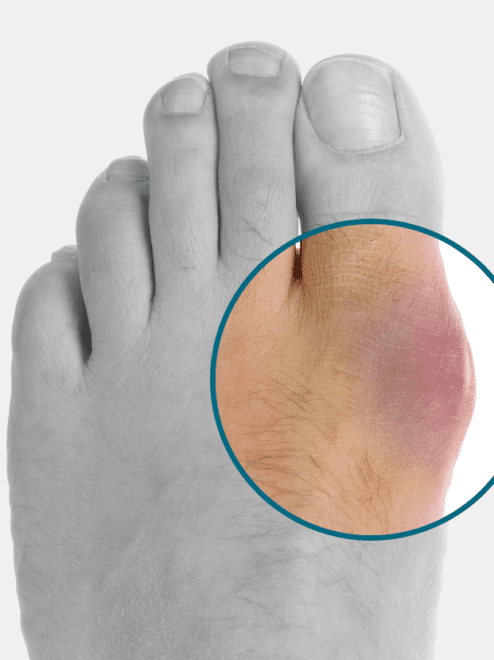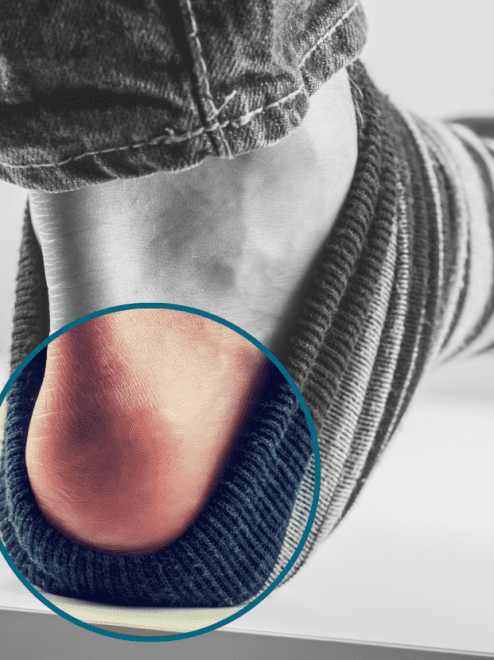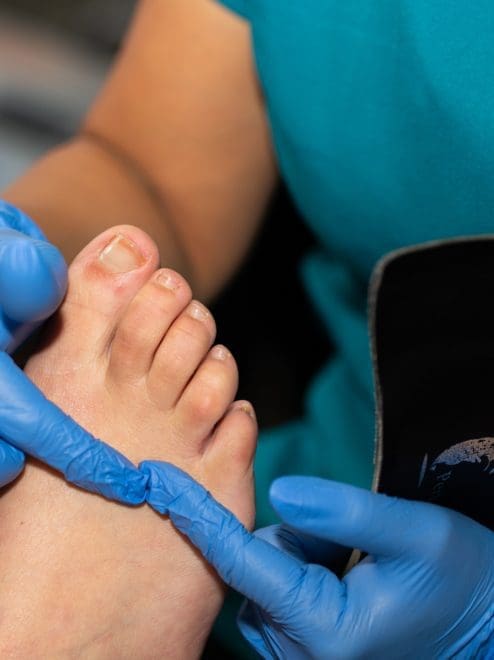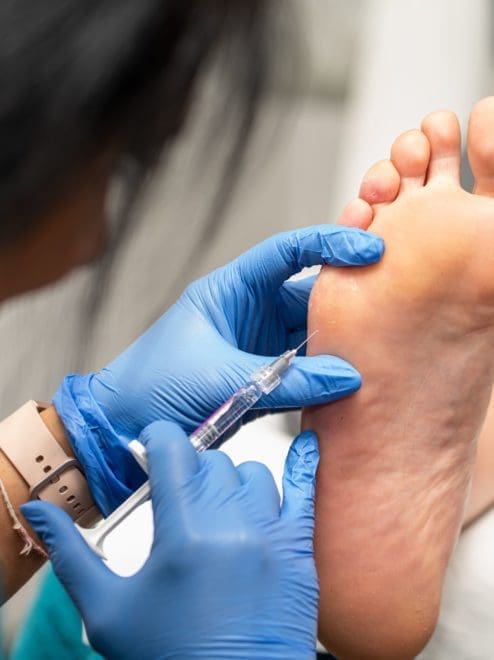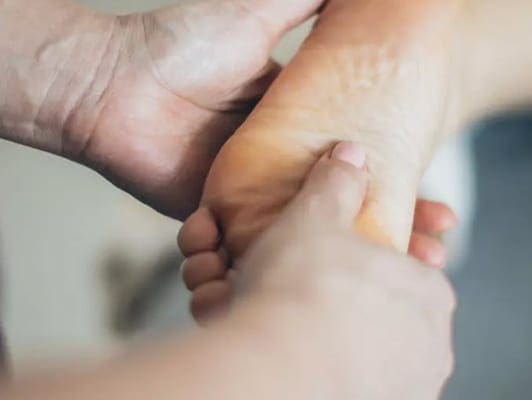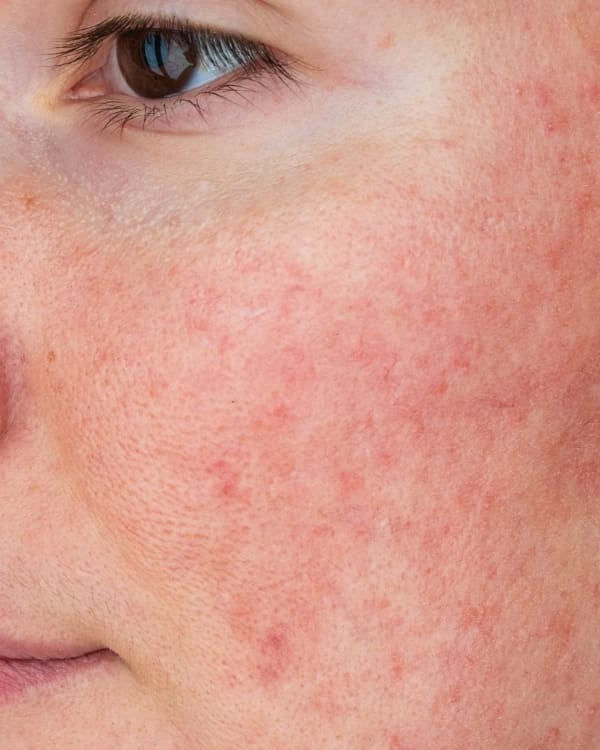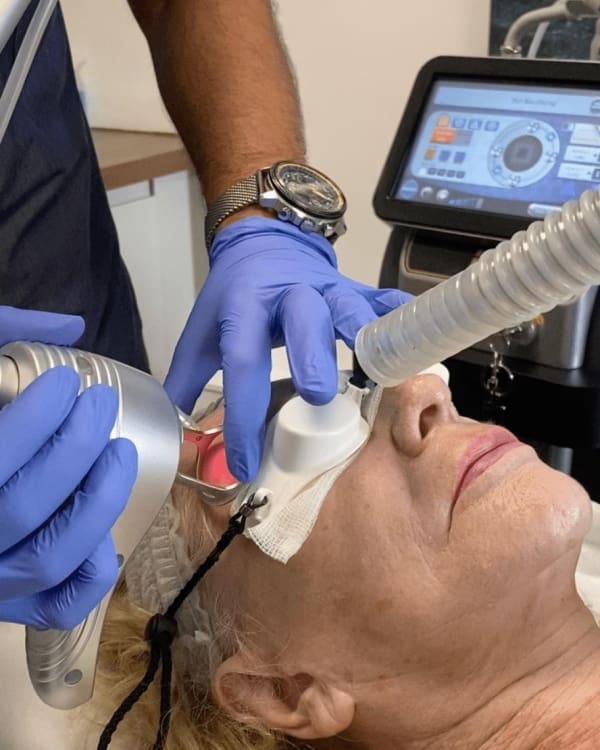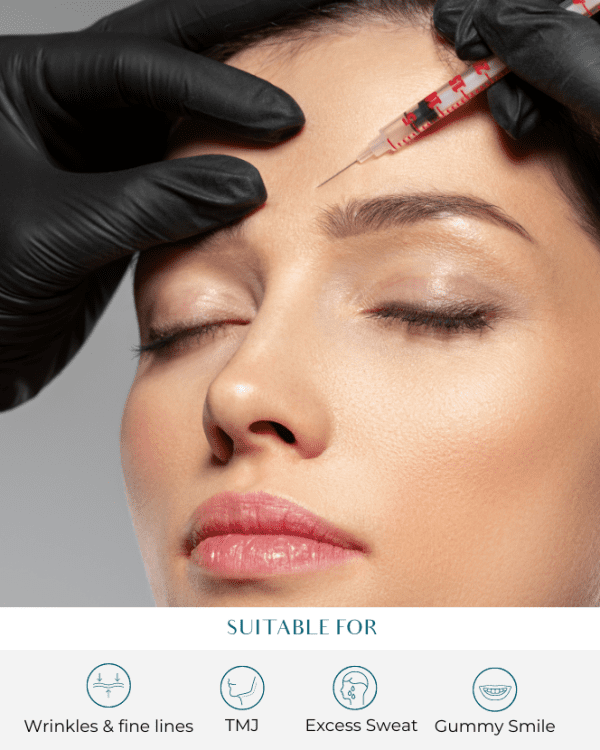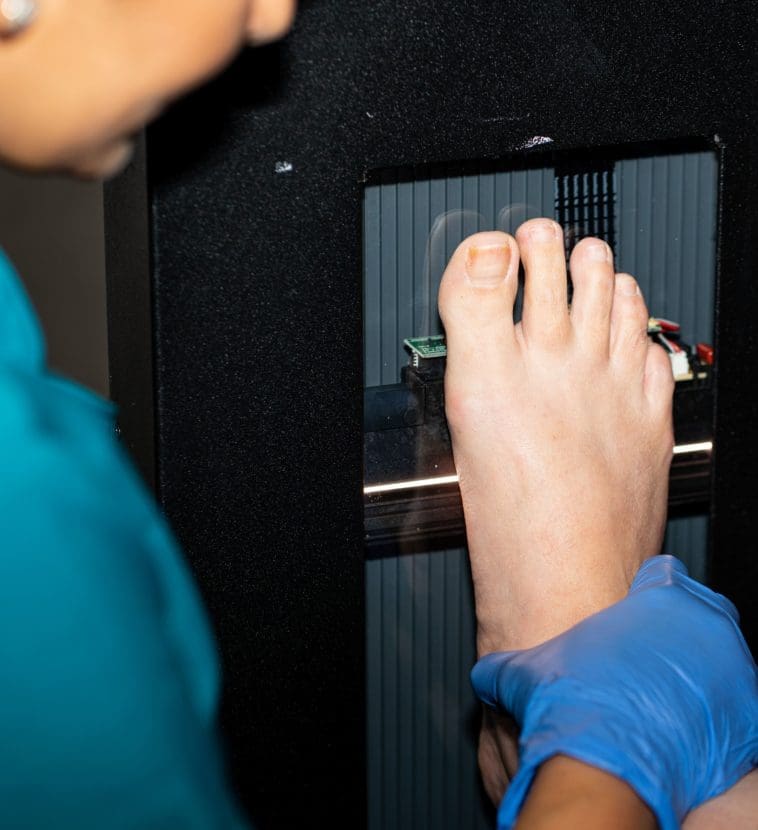
foot Treatment
Biomechanics
Appropriate biomechanical assessment and management can literally be life-changing; often, resolving chronic pain and improving functional ability, thereby improving quality of life. Even knee, hip or back pain can be due to a biomechanical problem in the lower limbs.
Rarely do we find that our left and right sides are symmetrical. When we stand, walk or run our body has to cope with and compensate for these anomalies. It is these compensations that put structures such as muscles, joints, ligaments and tendons under undue strain as they begin functioning in an abnormal or compromised manner. Over time these structures become inflamed or injured.
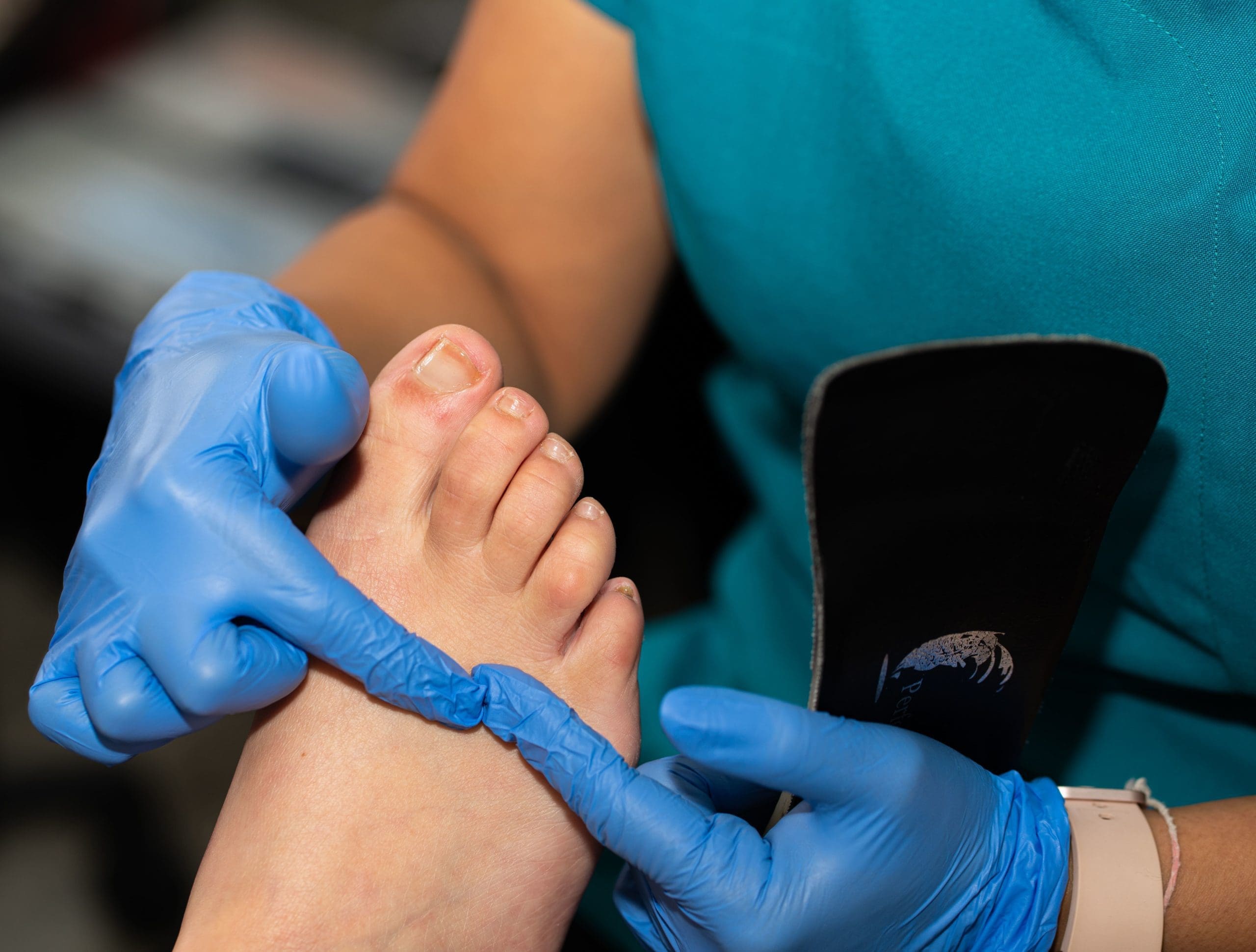

Why choose Perfect Skin Solutions for your Biomechanics?
A biomechanics assessment is an investigation into your lower limb function – looking closely for abnormalities and compensations. We can look closely into the underlying possible causes of heel pain, knee pain and even back pain.
Once the podiatrist has identified the causes of the problems, a tailor-made treatment plan is developed to improve the symptoms. This may involve one or more of the following:
- Exercises to stretch or strengthen muscles
- Orthotics – specially made devices for you to wear inside your shoe to control, realign or cushion the abnormalities.
- Footwear advice
- Onward referral to GP or other healthcare professional, if further specialist advice is needed.
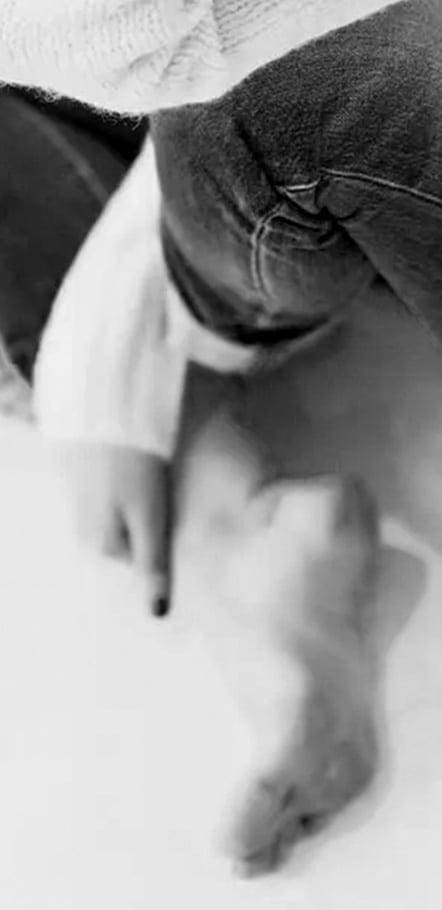

At a glance
Treatment time
30-60 mins
Anaesthetic
N/A
Full recovery
N/A
Back to work time
Immediate
Sensitivity period
N/A
Duration of result
N/A
Risks & complications
N/A


























